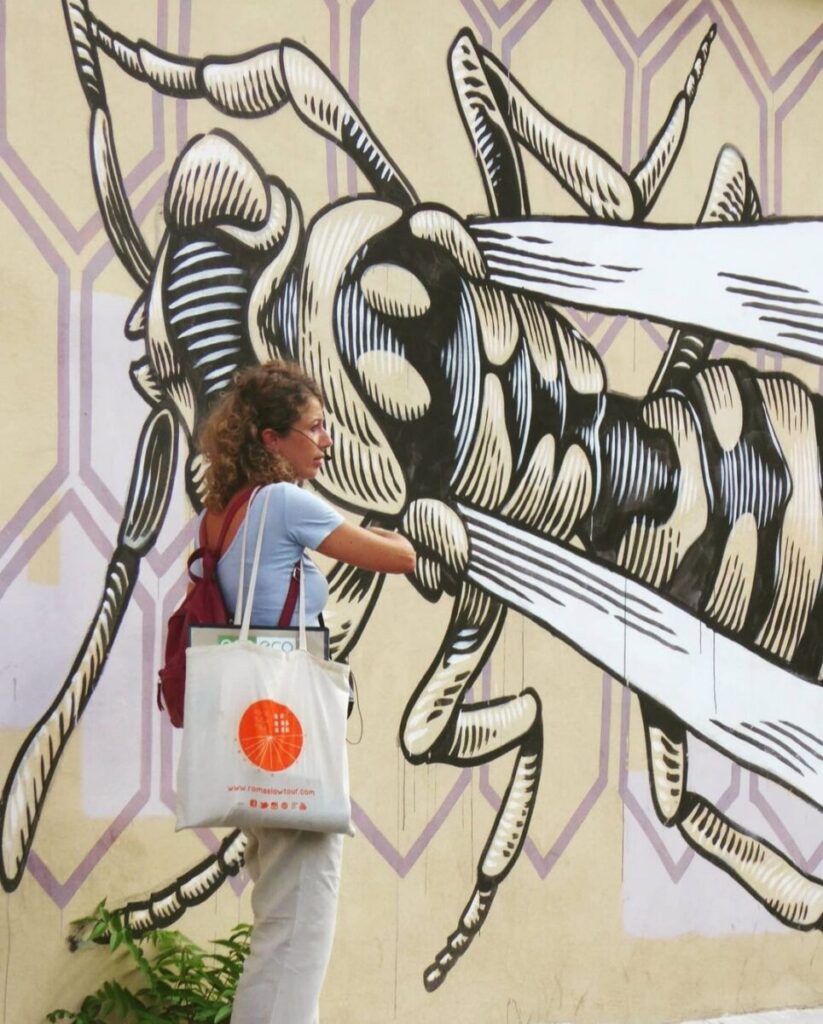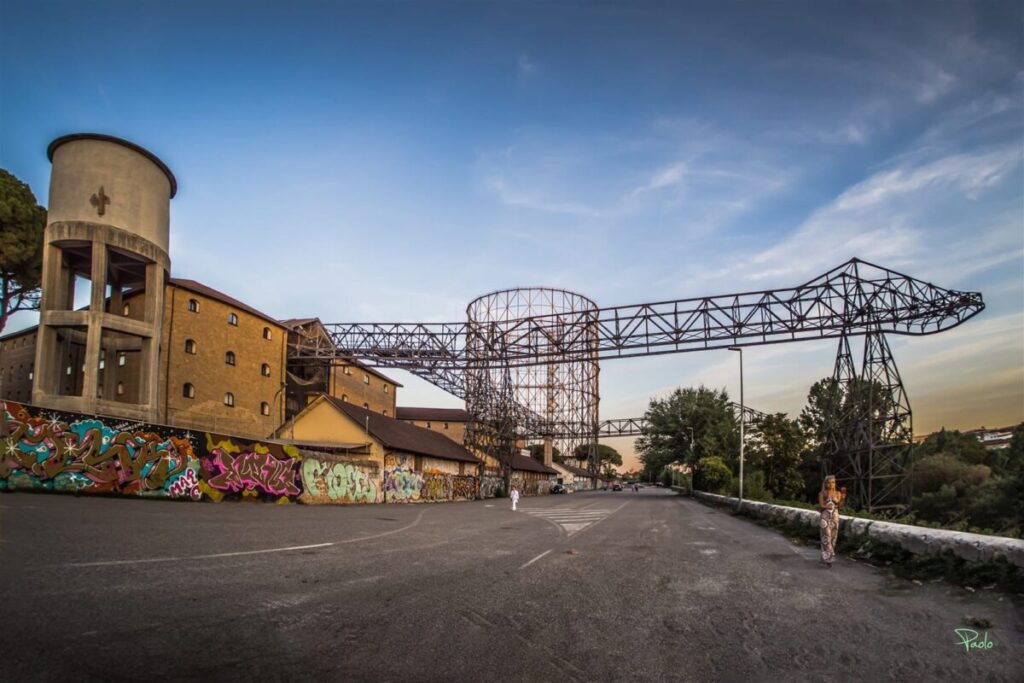Rome is one of the nine cities threatened by overtourism worldwide, according to the World Travel & Tourism Council's Destination 2030 study. The goal of Roma Slow Tour is precisely to promote gentler forms of tourism and a more responsible way of travelling.
According to UNWTO, the United Nations agency for tourism, overtourism occurs when the impact on a destination is such that it negatively affects the quality of life of citizens and the experiences of visitors. Gabriella Massa, 40 years old and president of the Roma Slow Tour association, highlights the repercussions on the territory and the residents: "Mass tourism consumes territories and leads to social, economic, and environmental consequences. For example, the increase in rents, due to the popularity of Airbnb and vacation rentals, distances residents from their original areas." In fact, tourists often use infrastructure and services designed for locals, but when their capacity is exceeded, the needs of tourists take precedence over those of residents, who are forced to use services intended for visitors. Furthermore, traffic congestion, city overpopulation, and waste management are becoming increasingly urgent issues, which can trigger social conflicts between tourists and the local population.

Connect to the stories of the neighborhoods
Visiting museums and classical art exhibitions in a hurry, taking tours in botticelle, the tourist carriages pulled by horses in Rome... This model of frantic "hit and run" tourism is opposed to the vision of a slower tourism that values local communities.

Twenty years ago, Gabriella Massa founded Roma Slow Tour: "The association had and still has the objective of organizing different tourist circuits. My idea was not to offer the Colosseum, the Vatican, and the classic itineraries. But rather something less known precisely because, in my opinion, places become less authentic when they become too touristy. The historic center of Rome is a glaring example." The itineraries I design offer a unique experience by blending urban art in the neighborhood, cinematic culture, and industrial archaeology routes.
This approach also attracts many residents. "The participants are not only tourists, but also attract many Romans who have the desire to get to know better the city in which they live. When I took my first tour with Roma Slow Tour, it was in Ostiense, the neighborhood where I live. I had just moved to Rome and was looking for a way to familiarize myself with the city", says Laura, 48 years old. Originally from Palermo, she has made slow tours a real tool for discovering the city, participating in more than 80 tours over the years.
Rebuild the city puzzle
"Thanks to Roma Slow Tour, I started to understand the city, its inhabitants, the history of urban planning regulations, and the relationship between power and the people," explains Laura. For example, she recounts: "During a tour, I discovered that the Garbatella neighborhood was a kind of social housing experiment. Before, I used to walk around, look around, but I didn't really understand what surrounded me."
With the increasing number of visits to different parts of the city, Laura feels enriched by these experiences and is able to piece together a puzzle of the city, connecting the history of even very distant and different neighborhoods through elements such as architecture and construction. "As I went along, I managed to grasp new aspects of the city and I understood that there was a master plan: these neighborhoods were built for the workers, then for the Roman middle-class bourgeoisie. I realized that the social vision prevailing from the late 19th century to the early 20th century was not the same as the one that had developed with the birth of the Alveare buildings in Testaccio: monolithic buildings, all identical, with a certain square footage where space optimization begins. Architectures where the idea of business is perceived, so there is no longer a focus on socially integrating people coming from outside and without housing, but rather a shift towards thinking in terms of profit and starting to build differently," observes Laura.
"I believe that mass tourism will always exist and is constantly increasing, as new populations gain economic well-being and want to travel themselves," says Gabriella. "These billions of future tourists can no longer be accommodated in the classic destinations." According to a 2022 survey conducted by Booking.com, 64% of those surveyed stated they would be willing to avoid crowded tourist sites to ensure a more equitable distribution of the impact of their trip, and 25% would be willing to pay more for activities supporting local communities. However, 34% do not know how to find activities with a positive impact. "One of Rome's problems is that it acts as a catalyst in Lazio. The Lazio region is full of villages and natural circuits, but it is observed that the vast majority of visits are entirely concentrated on Rome." Gabriella concludes: "The idea of sustainability, including environmental sustainability, for slow tourism consists precisely of redistributing tourists throughout the territory, so that a neighborhood or a specific area of the city does not suffer from excessive human presence."

